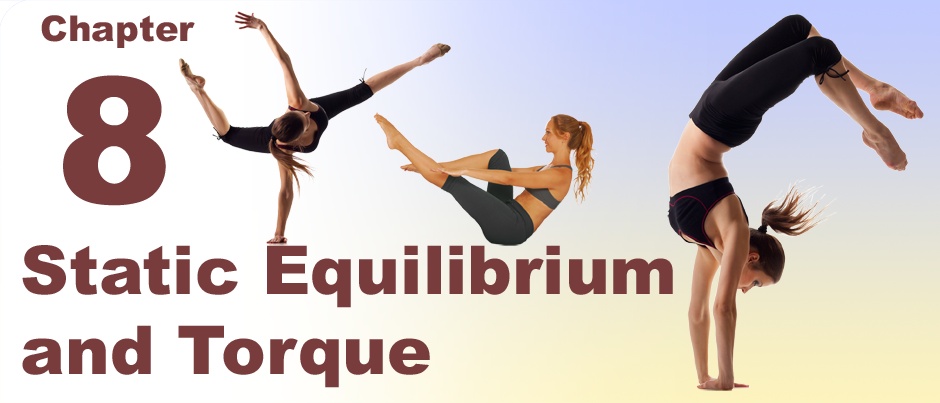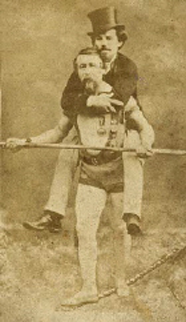 |
Throughout history performers and athletes have performed astounding feats of balance and acrobatics. Among the more audacious feats is tightrope walking (or funambulism), in which a performer balances on a tightrope or cable and walks across a high place. Although the practice of jultagi—a traditional Korean art of tightrope walking—may date back many centuries, it was a French acrobat who first caught the public imagination in the west. 
|
 On June 30, 1859, at 5:00 pm French stunt master Charles “the Great” Blondin amazed onlookers by being the first human to walk a tightrope above the mighty Niagara river just below the falls on the border between Canada and the USA. The Great Blondin’s rope was 1,100 ft (340 m) long and 160 ft above the churning water. When he reached the middle of the span, Blondin was so self-confident that he lowered a rope to the cruise ship Maid of the Mist carrying spectators below him and pulled up a bottle of water to drink! Soon refreshed, Blondin resumed walking toward the Canadian shore. Then he stopped, steadied his balancing pole, and did a backward somersault, landing back on the rope! A famous crowd pleaser, the Great Blondin later repeated his feat while riding a bicycle, pushing a wheelbarrow, having his hands and feet handcuffed, and carrying his manager on his back.
On June 30, 1859, at 5:00 pm French stunt master Charles “the Great” Blondin amazed onlookers by being the first human to walk a tightrope above the mighty Niagara river just below the falls on the border between Canada and the USA. The Great Blondin’s rope was 1,100 ft (340 m) long and 160 ft above the churning water. When he reached the middle of the span, Blondin was so self-confident that he lowered a rope to the cruise ship Maid of the Mist carrying spectators below him and pulled up a bottle of water to drink! Soon refreshed, Blondin resumed walking toward the Canadian shore. Then he stopped, steadied his balancing pole, and did a backward somersault, landing back on the rope! A famous crowd pleaser, the Great Blondin later repeated his feat while riding a bicycle, pushing a wheelbarrow, having his hands and feet handcuffed, and carrying his manager on his back. 
|
A tightrope walker uses a long pole to balance. While heavy to carry, the pole can be easily shifted side-to-side to supply small torques that rotate the walker slightly left or right, allowing the walker’s center of mass to stay directly above the rope. The long poles increase the walker’s total moment of inertia or rotational inertia, which makes it more difficult for the walker to tip over—and hence easier for him or her to stay upright. 
|
By comparison, slackrope walkers do not use poles but use body motion to keep their center of mass above the rope and centered between the rope’s support points. The tension in a slackrope is provided by the walker, whereas a tightrope is strung tightly whether or not a person is walking on the rope. A spin-off activity called tricklining is even being developed as a competitive sport! 
|
| |
|

